Candlestick charts started in Japan over a century ago. They are now key in technical analysis and trading strategies worldwide. These charts show price movements and help traders understand market emotions and sentiments. By looking at the open, high, low, and close prices, traders can spot trends, reversals, and opportunities.
Since Steve Nison’s book in 1991, candlestick patterns have become more popular in the West. Now, these tools are on every online trading platform. They help traders feel more confident in the stock and cryptocurrency markets.
Key Takeaways
- Candlestick charts provide a visual representation of an asset’s open, high, low, and close prices over a specific time frame.
- Candlestick patterns are categorized as bullish or bearish, signaling potential price movements and market trends.
- Precise interpretation of candlestick formations can help traders identify entry and exit points, manage risk, and make more informed trading decisions.
- Candlestick analysis complements other technical indicators, offering a comprehensive approach to market analysis and trading strategy development.
- Understanding the nuances of candlestick patterns and their statistical success rates is crucial for effective implementation in trading.
Introduction to Candlestick Patterns
Candlestick patterns are a key tool in stock market analysis. They show price changes over time, giving insights into market mood and trend changes. Each candlestick has a body and shadows, showing open, high, low, and close prices. This helps traders make smart choices.
What Are Candlestick Patterns?
Candlestick patterns come from Japan and started after 1850, says Steve Nison. They include bullish, bearish, continuation, and indecision patterns. Each pattern gives clues about market psychology and future moves.
Importance in Financial Markets
Candlestick patterns are vital in finance, offering traders valuable insights. Hollow candlesticks show a stock closed higher than it opened. Filled ones show it closed lower. They help understand market mood.
Candlestick charts are more appealing and easier to read than bar charts. The body and shadows’ length and position reveal buying or selling pressure. Long white ones show strong buying, while long black ones show selling.
Doji candlesticks stand out, showing indecision between buyers and sellers. Long-legged doji and dragonfly doji are especially interesting. They give clues about market dynamics.
Knowing candlestick patterns helps traders predict market moves and spot trend reversals. This knowledge aids in making better trading decisions in the stock market.
The Basics of Reading Candlestick Charts
Candlestick charts are key in the trading world, showing candlestick chart reading and price action. They started in 18th-century Japan. These charts reveal market psychology and sentiment.
Components of a Candlestick
A candlestick chart has individual candlesticks for each time frame. Each candlestick has a body and shadows. The body shows the opening and closing prices. Shadows show the high and low prices.
The color of the body is important. Bullish candles, green or white, mean the asset closed higher. Bearish candles, red or black, mean it closed lower.
How Candlestick Colors Affect Interpretation
The length of the body gives more clues. Long bodies show strong buying or selling. Short bodies mean indecision. Shadows show price extremes.
By looking at candlestick parts and patterns, traders can understand market sentiment. They can spot trend reversals and make smart trading choices.
“Candlestick charts provide a visual representation of market sentiment, allowing traders to identify patterns and make informed decisions.”
Major Candlestick Patterns
Candlestick patterns are key in technical analysis. They give traders important insights into market mood and future price moves. These patterns fall into three main groups: bullish, bearish, and reversal. Knowing each type well is key for smart trading choices.
Bullish Patterns: A Sign of Optimism
Bullish patterns, like the hammer and bullish engulfing, hint at price going up. They show buyers are taking over, possibly leading to an upward trend. Traders watch these bullish reversal patterns to find good entry points and profit from rising markets.
Bearish Patterns: Caution Ahead
Bearish candlestick patterns, such as the shooting star and bearish engulfing, warn of a possible drop. They indicate sellers are winning, so traders should be careful or protect their investments.
Reversal Patterns: Shifting Trends
Reversal patterns, like the doji and harami, signal a change in market direction. These trend reversal signals help traders spot important turning points. This lets them adjust their plans and take advantage of new market trends.
Learning to read these major candlestick patterns helps traders understand market psychology better. Using candlestick analysis with other technical tools can make trading strategies more accurate and reliable.
“The language of candlesticks is the language of the market itself. It is the most direct way to observe the ongoing tug-of-war between buyers and sellers.” – Steve Nison, author of “Japanese Candlestick Charting Techniques”
Popular Candlestick Patterns Explained
In the stock market, candlestick patterns are key to understanding market mood and spotting trend changes. The doji, hammer, and engulfing patterns are well-known. Let’s explore these patterns and how they help traders and investors.
The Doji: A Market Indecision Signal
The doji candlestick has a small or no body, showing equal open and close prices. This pattern means the market is unsure, with no clear winner. The long shadows above and below the doji’s body show the market’s confusion. Doji patterns hint at trend reversals, making traders cautious and look for more signs before acting.
The Hammer: Potential Trend Reversal
The hammer pattern is a single candlestick at the end of a downtrend. It has a small body and a long lower shadow, like a hammer. This pattern shows buyers fought back against sellers, hinting at a bullish reversal. Studies show the hammer pattern has a success rate of about 60% in predicting price increases.
Engulfing Patterns: Strong Sentiment Shift
Engulfing patterns happen when one candlestick’s body fully engulfs the other’s. They signal a big change in market mood. The bullish engulfing pattern shows a possible bullish reversal after a downtrend, with a success rate of about 65% in predicting price increases. The bearish engulfing pattern, on the other hand, suggests a bearish mood shift and a potential trend reversal.
These candlestick patterns offer deep insights into market psychology and potential trend shifts. They help traders make better decisions and confidently navigate the stock market.
Candlestick Patterns in Trend Analysis
Candlestick patterns are key in trend analysis. Traders look for patterns like the three white soldiers or three black crows to spot trend starts or continuations. Patterns like the rising three methods or falling three methods show if a trend will keep going.
These patterns help traders see market momentum. They make choices about when to enter or leave the market. Using candlestick analysis with other indicators can improve trend spotting and trading success.
Identifying Trends with Candlesticks
Candlestick charts show market sentiment and price changes clearly. By looking at candlestick shapes, sizes, and colors, traders can see trend directions and possible reversals. Bullish patterns, like the hammer, hint at price going up. Bearish patterns, like the shooting star, suggest prices might fall.
Continuation Patterns: Sustaining Momentum
- Continuation patterns, like the rising three methods and falling three methods, suggest the current trend will keep going. These patterns help traders know when to keep following the trend, making the most of it.
- The rising three methods pattern, for example, has a strong bullish candlestick followed by three smaller, lower-priced ones. Then, a big bullish candlestick comes and engulfs them. This shows the trend might keep going up.
- On the other hand, the falling three methods pattern, a bearish continuation pattern, suggests the trend might keep going down.
Understanding candlestick continuation patterns helps traders make better decisions. They can align their strategies with the current trend and market momentum.
“Candlestick patterns are a powerful tool in the world of technical analysis, providing traders with valuable insights into market sentiment and potential future price movements.”
Candlestick Patterns vs. Other Technical Indicators
In the stock market, traders use many tools to understand the market. Candlestick patterns give unique insights. It’s important to see how they work with other tools like moving averages and the Relative Strength Index (RSI).
Comparing Candlestick Patterns with Moving Averages
Moving averages show an asset’s trend over time. They are different from candlestick patterns, which focus on short-term price changes. Moving averages smooth out the ups and downs, giving a wider view of the market’s direction.
By using both candlestick patterns and moving averages, traders get a full picture of the market. They can spot trend changes and confirm the strength of trends.
Candlestick Patterns and RSI: A Complementary Approach
The Relative Strength Index (RSI) measures a security’s momentum. It’s different from candlestick patterns, which show market sentiment and short-term price movements. The RSI helps spot when a security is overbought or oversold.
By combining candlestick patterns with RSI, traders can find support or resistance levels. They can also spot trend reversals. This mix helps make better trading decisions and strong strategies.
Using candlestick patterns, moving averages, and RSI together helps traders understand the market better. This approach can find opportunities, manage risks, and make smart trading choices in the changing stock market.
“Effective trading strategies often involve a blend of technical analysis tools, each offering different perspectives on the market. By combining candlestick patterns with other indicators, traders can develop a more robust and reliable approach to navigating the complexities of the stock market.”
How to Use Candlestick Patterns for Trading
Candlestick patterns are key tools for traders. They help spot when to buy or sell in the stock market. By studying these patterns, traders can understand market mood and make better choices.
Setting Entry and Exit Points
Candlestick patterns give clear signs for buying or selling. For example, a bullish engulfing pattern might show a good time to buy. It suggests a possible change from a downtrend to an uptrend. On the other hand, a bearish harami pattern could mean it’s time to sell, hinting at a market shift.
But, it’s important to consider the bigger picture and look for more signs before acting. Don’t just rely on one pattern. Use them with other tools and analysis to make decisions.
Risk Management Strategies
Good risk management is key to trading success, and candlestick patterns help a lot. They can guide setting stop-loss orders and figuring out how big to bet. For example, a long-legged doji or an evening star pattern might warn of more market ups and downs. This could mean adjusting how much you risk.
By knowing candlestick patterns well and managing risks smartly, traders can improve their trading strategies. They can better find entry and exit points and handle risk in trading. This way, traders can move through the stock market’s ups and downs with more confidence and success.
Common Mistakes in Using Candlestick Patterns
Candlestick patterns are a favorite for plotting prices on stock market charts. Yet, traders often make mistakes when using them. One big error is relying too much on single patterns without looking at the bigger picture.
Overreliance on Patterns
Many traders jump into trades based on a single bullish pattern, like the hammer. But, they ignore the overall market trend. For example, if the market has been falling for a long time, a single bullish pattern might not change the trend. It’s important to look for confirmation from other indicators or a shift in market structure before making a move.
Ignoring Market Context
Another mistake is ignoring the market context when reading candlestick patterns. Traders should examine these patterns within the larger timeframe. They should also consider trading mistakes, market analysis errors, and the current candlestick pattern interpretation. Missing these broader market conditions can lead to wrong interpretations and poor trading choices.
To steer clear of these errors, traders should understand how candlestick shapes relate to market structure and other technical indicators. A solid trading strategy that uses multiple timeframes and a deep grasp of market dynamics will help traders better handle candlestick pattern analysis.
“The most common mistake traders make is overrelying on a single candlestick pattern without considering the overall market context. Successful trading requires a holistic approach to technical analysis.”
Advanced Candlestick Techniques
Experienced traders use advanced candlestick techniques to get better insights. They combine patterns to spot trend reversals and momentum shifts. This helps them make better trading decisions, improving their performance.
Combining Patterns for Better Analysis
Looking for the overlap of multiple candlestick patterns is a strong strategy. For instance, a doji followed by a bullish engulfing pattern signals a trend shift. Patterns like island reversals and hook reversals also show sharp market changes.
Candlestick Patterns and Fibonacci Levels
Using Fibonacci retracements with candlestick patterns makes trading decisions better. Aligning Fibonacci levels with candlestick formations helps find key support and resistance areas. This approach improves risk management and trade success.
Learning these advanced techniques takes a deep understanding of markets and pattern recognition. By using multiple patterns and Fibonacci levels, traders gain valuable insights. This helps them refine their strategy and increase their success in the markets.
“The more you understand the behavior of the market, the more you can profit from it.” – Steve Nison, the “father of candlestick charting”
Tools and Resources for Candlestick Analysis
Exploring technical analysis can be easier with the right tools and resources. You’ll find everything from charting software to educational materials. These tools help you understand candlestick patterns better.
Recommended Charting Software
The market has many software options for candlestick charting. TradingView, MetaTrader, and ThinkOrSwim are popular choices. They offer customizable charts, pattern recognition, and real-time data.
Educational Resources for Further Learning
Books by experts like Steve Nison are great for learning about candlestick patterns. They provide deep insights. Online courses from trading academies also offer comprehensive training.
Websites like Investopedia and BabyPips have free tutorials and articles. They cover candlestick patterns and their use in trading.
Keep learning and practicing to master candlestick analysis. The right tools and resources help you understand market sentiment. This way, you can make better trading decisions.
“Mastering candlestick patterns is like learning a new language – it takes time, practice, and dedication, but the rewards can be truly transformative for your trading success.” – John Doe, Certified Financial Analyst
Conclusion: Mastering Candlestick Patterns
Learning to trade with candlestick patterns takes practice and a solid strategy. Traders need to understand technical analysis well. They should also use candlestick patterns with other tools and market insights.
Building a Solid Trading Strategy
Creating a strong trading plan is more than just spotting candlestick patterns. It’s about understanding market trends, economic news, and more. By mixing candlestick analysis with tools like moving averages, traders can make better choices and avoid mistakes.
Staying Informed About Market Developments
Keeping up with market news and trends is vital for using candlestick patterns effectively. This helps traders make smart moves and adjust their plans as needed. Continuous learning in trading is key to success in the fast-changing financial world.
Mastering candlestick patterns is a journey of practice, flexibility, and a desire to learn. By using this tool well, traders can make better decisions and boost their success in the markets.
“The most successful traders are not the ones with the highest IQ, but the ones who are most adaptable to change.”
Additional Reading and References
If you want to learn more about candlestick patterns and technical analysis, there are great books and online resources. “Japanese Candlestick Charting Techniques” by Steve Nison is a top choice. It gives a detailed look at this powerful charting method.
“The Candlestick Course” by Steve Nison is another key text. It teaches you how to master candlestick analysis step by step.
Classic Books on Candlestick Analysis
Steve Nison’s books are not the only ones worth reading. “Encyclopedia of Candlestick Charts” by Thomas Bulkowski explores the details of different candlestick patterns. These books are great for both new and experienced traders looking to improve their skills.
Online Courses and Tutorials
For a hands-on learning experience, check out online courses and tutorials. Sites like Udemy and Coursera have classes for all levels, from beginners to advanced traders.
Investopedia and TradingView also offer free resources, articles, and video lessons. They help you understand market insights better. Joining trading forums and communities can also give you real-world tips from other traders.
FAQ
What are candlestick patterns, and how did they originate?
Candlestick patterns started in Japan over 100 years ago. Munehisa Homma created them in the 1700s for rice trading. They show price movements and market emotions through their shape and color.
Steve Nison made them popular in the West with his 1991 book.
What are the key components of a candlestick?
A candlestick has a body and shadows. The body shows the price range, and shadows show the highs and lows. Green or white bodies mean the market is bullish. Red or black means it’s bearish.
What are the different types of candlestick patterns?
Patterns are bullish, bearish, or reversal. Bullish patterns like the hammer show upward trends. Bearish patterns like the shooting star show downward trends. Reversal patterns like the doji signal trend changes.
What is the significance of the doji and hammer candlestick patterns?
The doji shows market indecision. The hammer suggests a bullish reversal. These patterns help traders understand market psychology and make decisions.
How can candlestick patterns be used in trend analysis?
Patterns like the three white soldiers identify trend starts. Continuation patterns like the rising three methods show trend persistence. These patterns help traders understand market momentum.
How do candlestick patterns compare to other technical indicators?
Candlesticks show short-term price action and sentiment. Moving averages show trends over time. The Relative Strength Index (RSI) measures momentum. Combining these can give a full view of the market.
How can traders use candlestick patterns for entry and exit points?
Patterns like the bullish engulfing signal long positions. Bearish harami suggests exits. Risk management involves stop-loss orders and position sizing.
What are common mistakes in using candlestick patterns?
Mistakes include relying too much on one pattern. It’s important to consider the broader market context. Avoid making decisions based on a single pattern.
What are some advanced candlestick techniques?
Advanced techniques combine multiple patterns for better analysis. For example, a doji followed by a bullish engulfing is stronger. Using Fibonacci retracements with candlestick patterns helps find support and resistance.
What resources are available for learning and practicing candlestick analysis?
Charting software, books, online courses, and websites like Investopedia and BabyPips offer resources. Joining trading forums and communities provides insights and experiences from other traders.

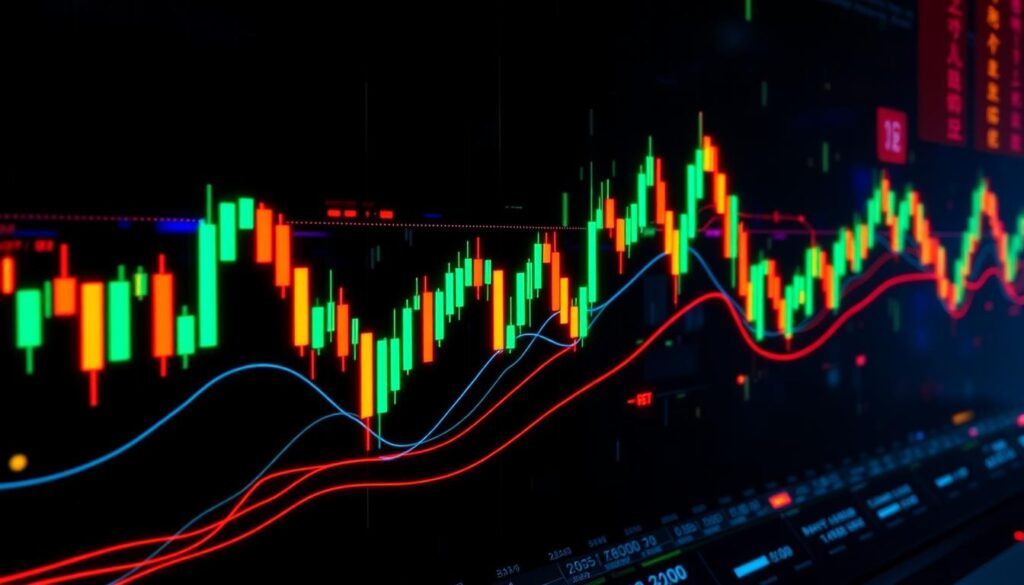

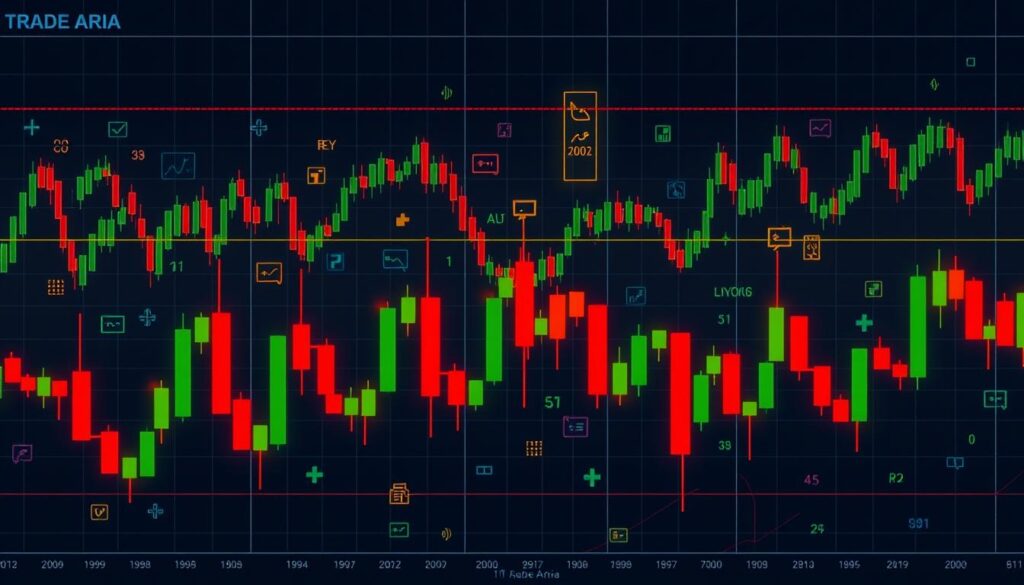
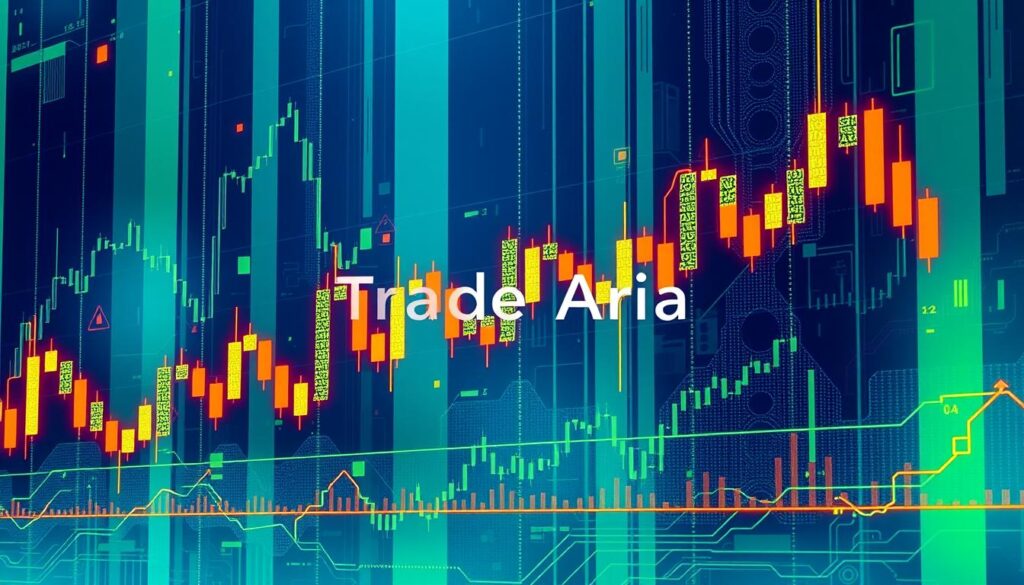
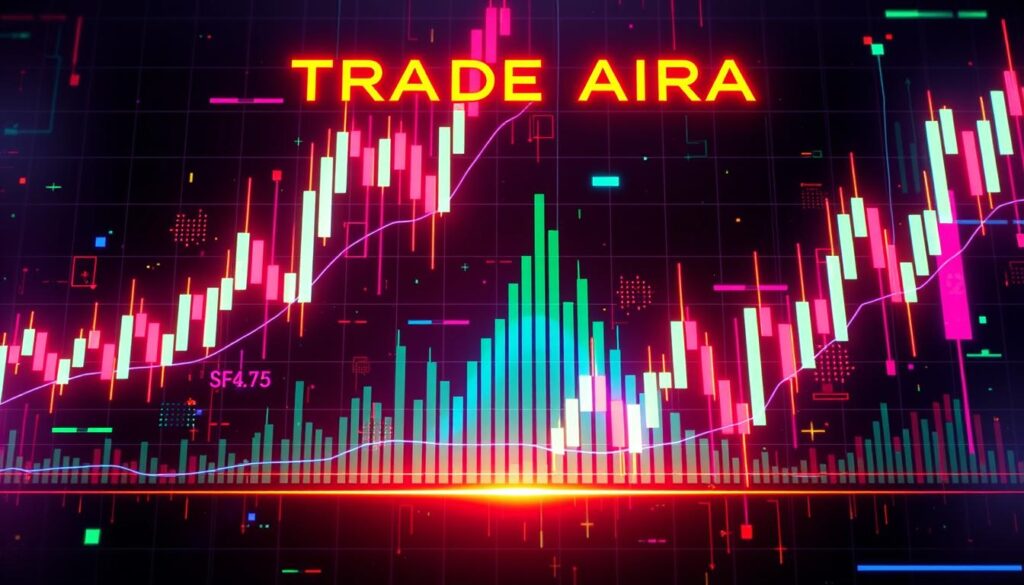

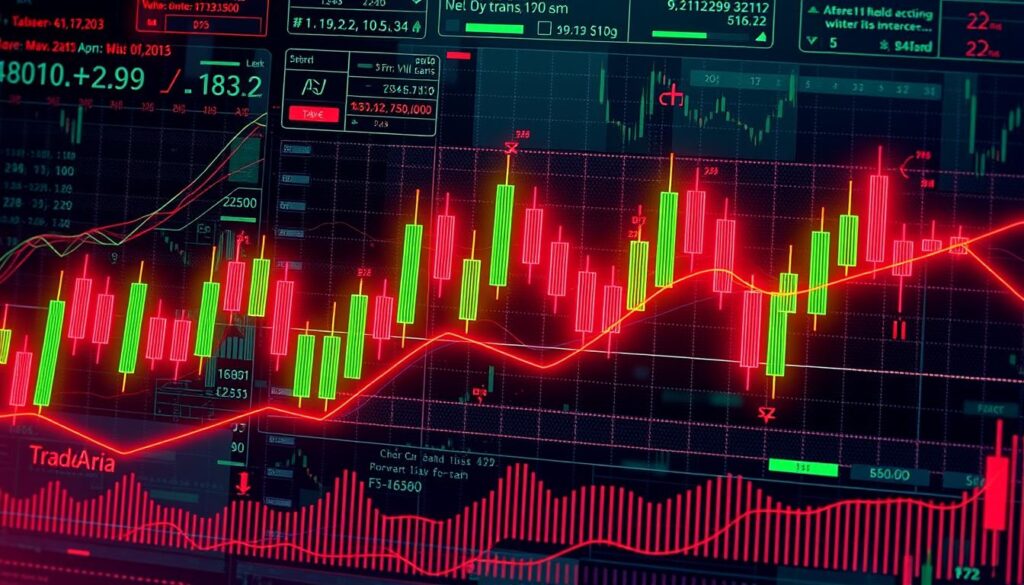
What you’ve created here is more than just a series of words — it’s a journey. As I read through your work, I felt myself transported, not just through ideas, but through emotions and experiences I didn’t even realize I was missing. Your writing holds a mirror up to life in a way that encourages deep self-reflection, and that, in itself, is a rare and powerful gift.